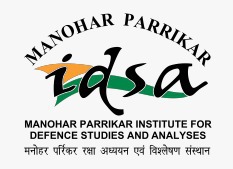Maritime Developments in the South Western Indian Ocean and the Potential for India’s Engagement with the Region
The Indian Ocean region, being a vast geographical entity, is composed of various regional and sub-regional entities. This article addresses prominent maritime developments in the South Western Indian Ocean (SWIO) region of the Indian Ocean Rim and highlights the multi-dimensional growth of strategic maritime activities in the region.
- Yogesh V. Athawale |
- May 2012 |
- Strategic Analysis




